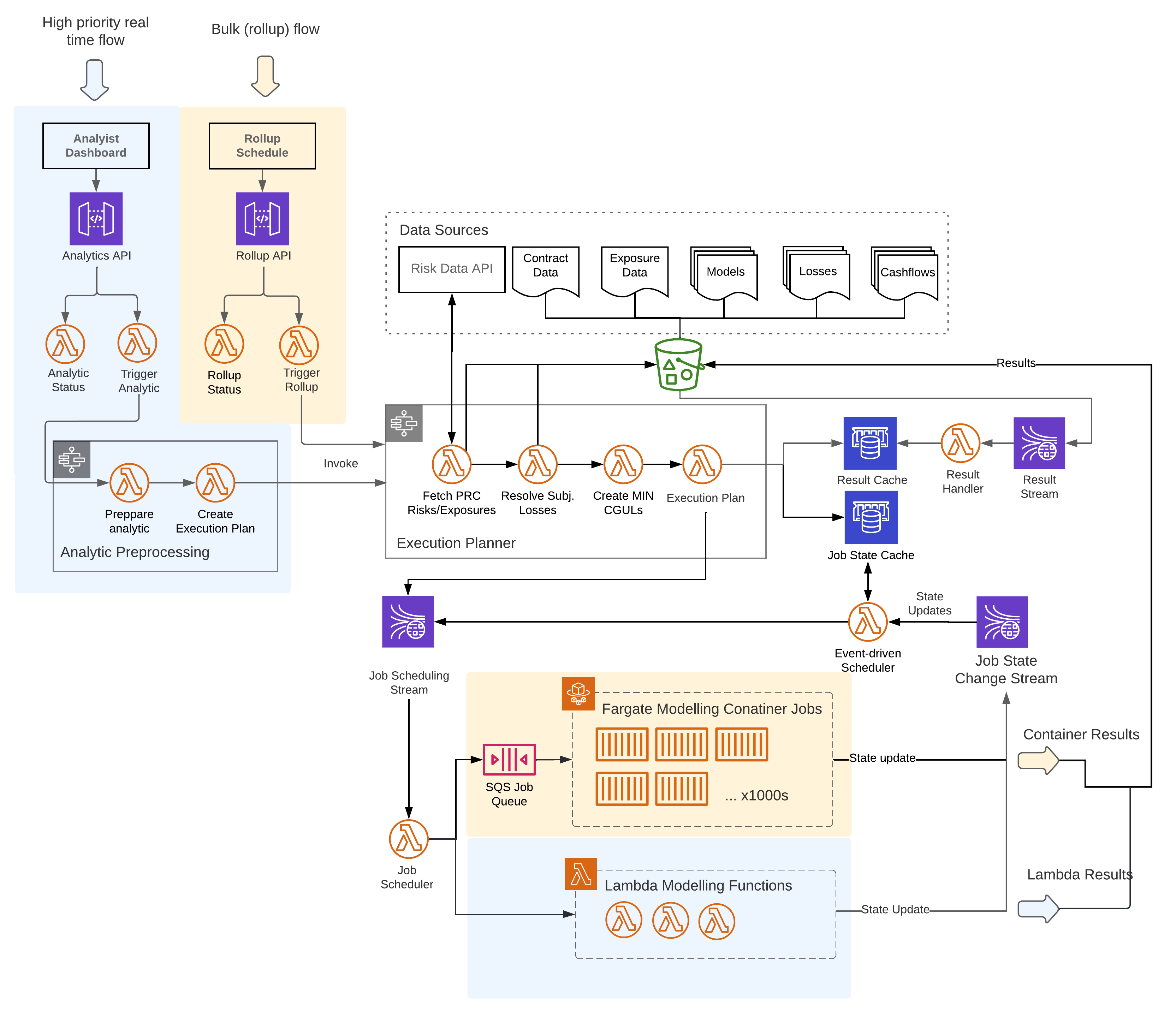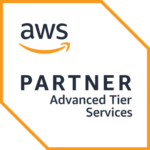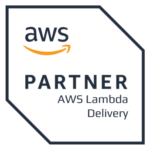Financial Modelling
Risk-free, rapid evaluation of cloud financial modelling using fourTheorem Accelerators.
What is Financial Modelling?
Financial modelling leverages High-Performance and High-Throughput Computing clusters operating in parallel to forecast potential outcomes, often using Monte Carlo techniques. Example applications include credit modelling, risk modelling, and predictive analytics.
Running HPC workloads on-premises presents significant challenges; long execution times, capacity planning, high TCO, maintenance burdens, and limited agility and innovation.
Financial modelling workloads, traditionally running on on-premises grids, can now run more effectively and at a lower cost on the cloud.
Benefits
Elastic Scalability
Compute resource scales on demand in line with business needs.
Unconstrained Parallel Execution
Remove resource contention issues and capacity planning.
Cost Flexibility
Gain transparent insights into costs; optimise price/performance and only pay for what you use.
Sustainability
Reduce your carbon footprint by moving from always-on grids to compute on demand.
Reduced Code and Infrastructure
Dramatically reduced code and infrastructure means fewer bugs, less maintenance and reduced TCO.
Compliance
Reduce the effort of security and regulatory compliance by leveraging the AWS Shared Responsibility Model.
Financial Modelling Accelerator
Rapidly pilot and migrate to financial modelling on AWS using our templates and expertise in services such as AWS Lambda, AWS Fargate, Amazon ECS, Amazon EKS, AWS Batch, Amazon EC2, and Kinesis.
For Financial Services customers including; Insurance, Banking, Investments, Capital Markets and Wealth Management
How it works

1. Discover
The accelerator begins with an initial discovery workshop, which typically takes one day. Following the workshop, we assess the suitability of the proposed workload, determine a scope of work, technical architecture, data security requirements and Key Performance Indicators. In total this phase takes approximately one week.
2. Evaluate
During the evaluation phase, we migrate and modernise key elements of the workload, ensuring that the required KPIs, cost and scalability metrics are measured. This phase typically takes between 6 to 12 weeks depending on the nature of the workload and is iterative and transparent.
3. Report
Finally, we produce an analysis report that details the results of the accelerator, measured KPIs and a go forward plan to move the workload fully to production.
4. Scale Up
Post the accelerator engagement, we support the full build and scale out to production. A dedicated team is assigned full time for the duration.
Case Study – Financial Services Customer
The Problem: The customer encountered significant challenges with its legacy global risk analysis platform. Operating on an on-premises compute grid, the platform grappled with resource contention and prolonged execution times, constraining business expansion.
The Solution: Migrate to AWS to cut execution times by an order of magnitude, achieve horizontal scalability, and reduce operational expenses.
The Outcome: Embracing commodity cloud-native infrastructure, the migration yielded transformative outcomes: execution time cut by 90% (from 12 hours to less than 1 hour), a 70% reduction in the code base, implementation of on-demand scaling and a pay-per-use model, a 50% reduction in CO2 emissions, and the ability to support bulk and real-time processing in parallel.



